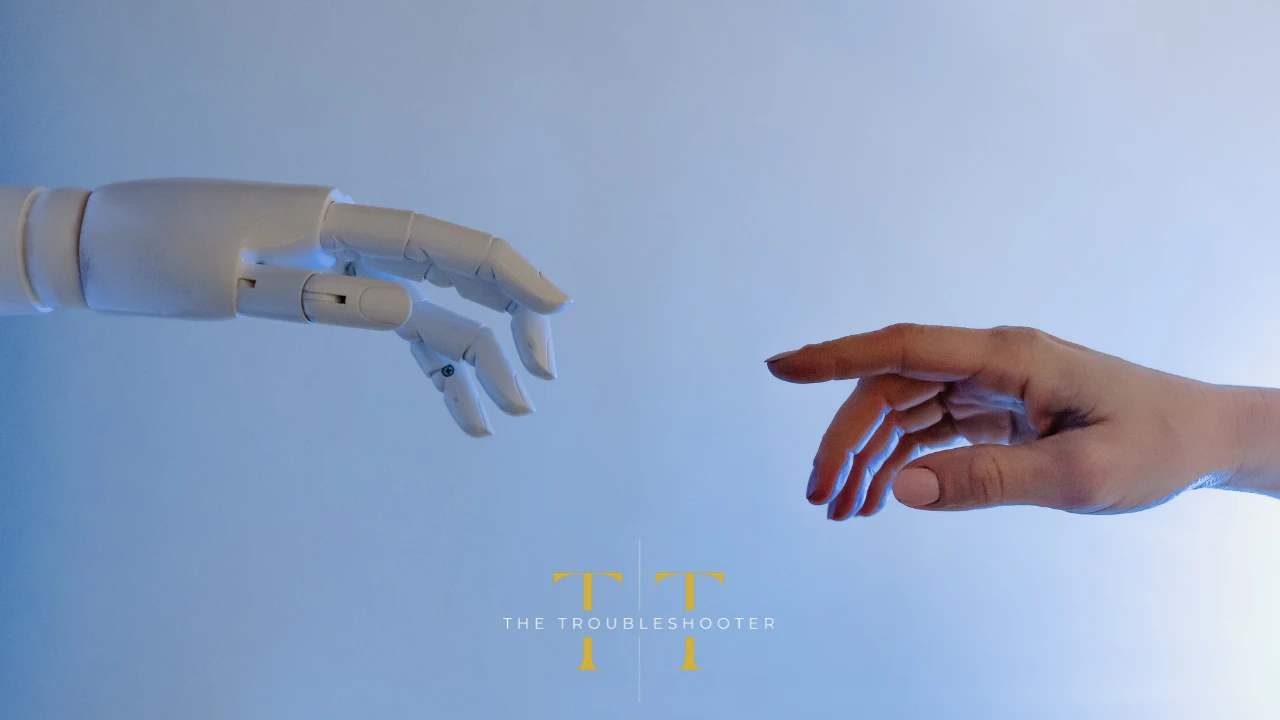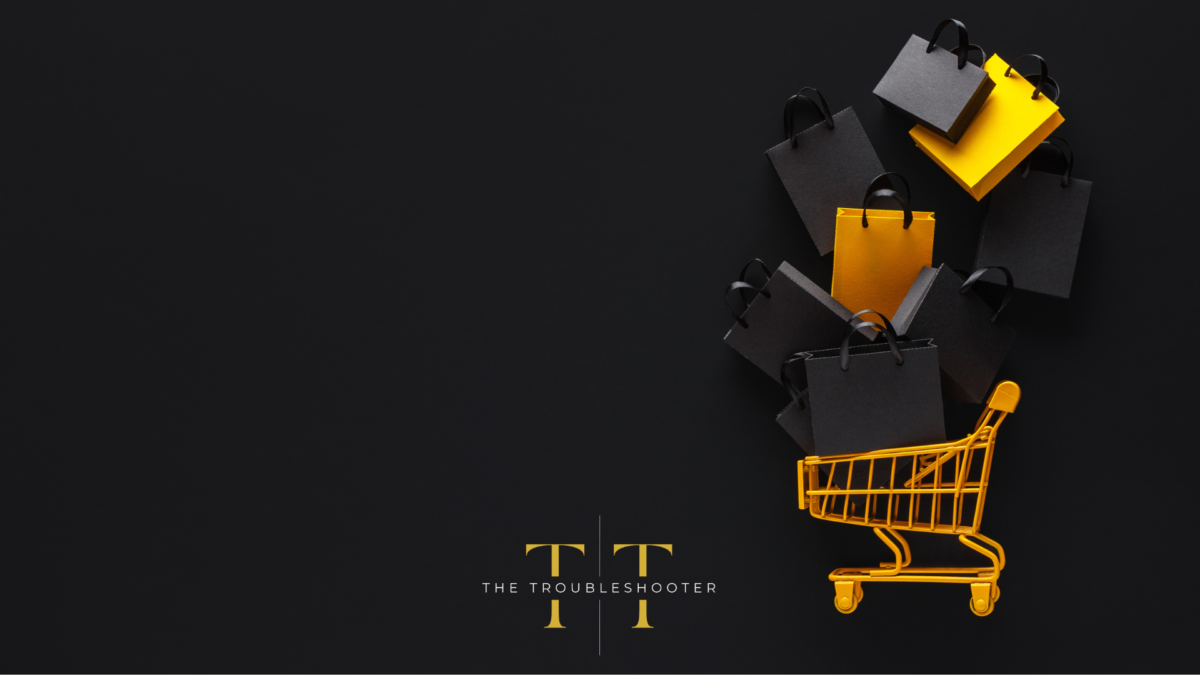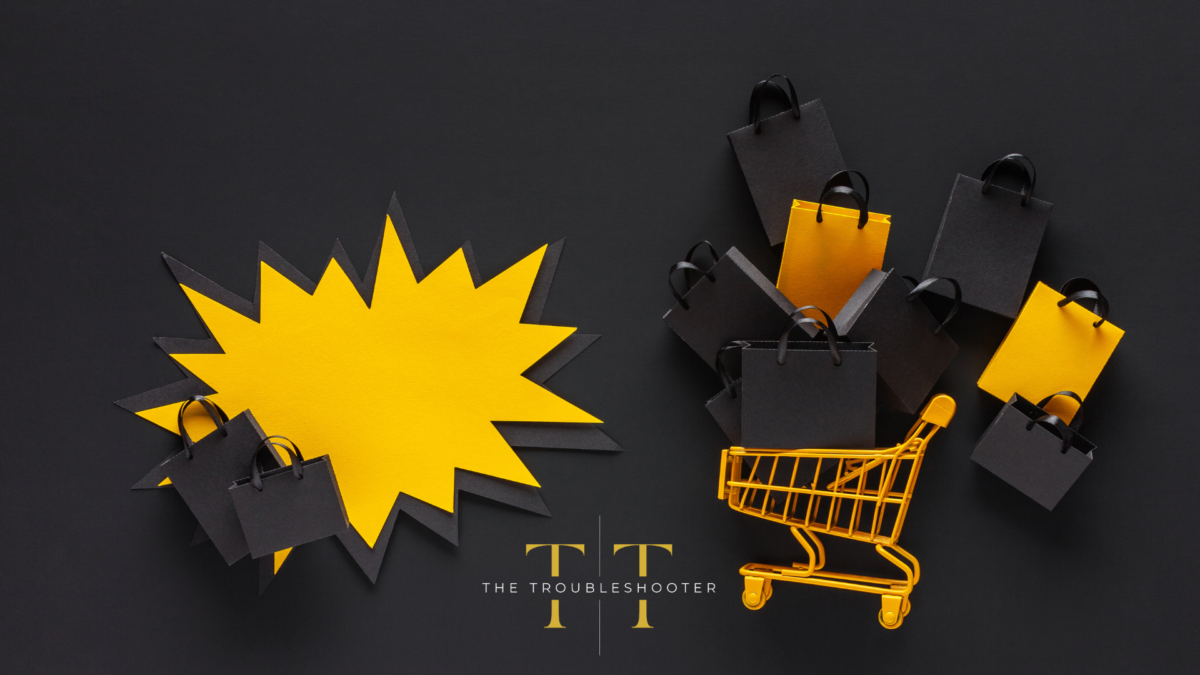
The once-hushed promise of a fantastical future is now a rumbling reality that is changing our planet in fundamental ways. When algorithms and human intuition meet, it’s not evolution; it’s revolution and this revolution sees those algorithms and human insight colliding and coalescing, raising a critical question: Can human authenticity coexist with AI’s relentless march?
The intricate algorithms of Artificial Intelligence (AI) are not just reshaping, but also challenging the traditional fabric of contemporary branding and marketing, hinting at a future where human creativity might increasingly step aside for AI’s efficiency. At this pivotal juncture, the cold efficiency of technology intersects with the authentic warmth of human touch but at its core, this story is about finding the right balance between the power of AI and the real human spirit that makes a brand relatable to its audience.
The challenge before us is clear and immediate – to dissect and understand the symbiosis of AI and human creativity in the realm of branding and marketing. This article peels back the layers of this modern conundrum, revealing not just how AI is reshaping our world, but more importantly, why the human element must not just survive, but thrive in this landscape.
The Rise of AI in Branding and Marketing
The integration of Artificial Intelligence (AI) in writing and design heralds a new epoch in creative expression, one where the boundaries between human ingenuity and machine efficiency blur. AI’s foray into these realms is both fascinating and, to some, disconcerting, as it challenges our traditional notions of creativity.
AI in Writing

In writing, AI has evolved from a mere assistant to a sophisticated collaborator. Utilising natural language processing and machine learning, AI tools can now generate content that ranges from basic reports to more complex creative writing. However, the soul of writing, its wit, emotion, and ability to connect with readers on a profound level, remains uniquely human. Sure, AI can mimic styles and construct sentences, but the depth, contextual understanding, and nuanced storytelling that come from human experiences are currently beyond its current scope.
The true power in AI-assisted writing lies in its role as an enabler. For marketers, like us, it can be a potent ally, offering:
- Efficiency: Generating drafts, ideas, or even data-driven content at a speed unmatchable by humans alone.
- Enhancement: Improving grammar, suggesting varied vocabulary, and even optimising content for SEO.
- Analysis: Evaluating reader engagement and suggesting improvements based on data.
Yet, AI’s lack of genuine creativity, empathy, and deep understanding means it serves best as a complement to human creativity, not a replacement.
AI in Design
In design, AI’s impact is both revolutionary and evolving. AI tools are now capable of creating layouts, suggesting colour schemes, and generating complete and complex visual designs. These capabilities offer remarkable efficiency gains and can help democratise design by making basic design skills accessible to non-designers.
However, just like in writing, AI in design has its limitations. Design is not just about aesthetics; it’s a form of communication that often carries a subtext, an emotional undercurrent, and a reflection of culture and identity, areas where it seems AI still lags significantly behind human designers. AI can produce a visually pleasing layout, but the conceptual thinking, brand understanding, and emotional intelligence necessary for impactful design come from the human heart and mind.
But AI in design does offer:
- Speed: Rapidly generating multiple design options.
- Personalisation: Creating customised designs based on user data.
- Experimentation: Allowing for risk-free exploration of new ideas and styles.
So, AI in writing and design represents a tool, a powerful one, indeed, but it lacks the heart, soul, and depth of understanding that human creators bring to the table. Its role is to augment, to speed up, and to offer new possibilities, but the core of creativity remains a profoundly human domain.
The key lies in finding the sweet spot where AI’s analytical brilliance complements, rather than overshadows, the human touch that remains essential to brand authenticity. This is not just about using a tool; it’s about integrating a partner in a dance where technology and humanity move in sync, creating a marketing rhythm that resonates with both the head and the heart.
The AI Revolution in Marketing: A Double-Edged Sword
A universe of limitless potential and unexpected repercussions awaits the marketing industry as AI makes its way into the field. The advertising and branding worlds are being turned upside down by this data-and algorithm-driven revolution. However, in this daring new universe, the pursuit of authenticity becomes a game of high stakes.
The Paradox of AI in Authenticity
AI’s prowess in data analysis and personalised marketing is undeniable. It can dissect vast seas of data to glean insights about consumer behaviours and preferences, enabling brands to tailor their messaging with laser precision and chatbots and AI-driven customer service tools can provide round-the-clock assistance, making interactions smoother and more efficient.
However, this efficiency comes with a caveat. As AI begins to script and shape brand stories, there’s a palpable risk of these messages losing their human touch. Marketing, at its core, is about connection — a dance of empathy, understanding, and trust between a brand and its audience.
When AI takes the wheel, steering this narrative with its algorithmic logic, this connection can become sterile, lacking the warmth and sincerity that only human interaction can provide.
The Risk of Robotic Overtones
As AI-generated content becomes more prevalent, I have already noticed a certain homogeneity beginning to emerge. Blogs, social media posts, and even entire websites echo with a similar tone, a certain predictability that comes from algorithmic output and this uniformity, while efficient, risks diluting the uniqueness of a brand’s voice, turning distinct narratives into echoes of an AI’s interpretation of data. For a discerning eye, or in this case, a discerning reader, the signs of AI-crafted content are becoming increasingly evident.
The danger here is twofold; not only does the content risk being dismissed as insincere or impersonal, but it also reflects on the brand’s reliance on AI, potentially undermining its credibility and the authenticity of its message.
Cautionary Tales from the AI Frontier

The landscape is dotted with examples where an over-reliance on AI in marketing has backfired. Brands that leaped without looking, fully entrusting their customer engagement and content creation to AI, have in some cases found themselves grappling with a disconnect from their audience and instances where chatbots have misinterpreted customer emotions or automated content has missed the mark on cultural sensitivity highlight the limitations of AI.
And the reality is that these are not just technical glitches, in fact they represent breaches in the relationship between brand and consumer.
The difficulty for businesses, particularly those that prioritise human connections, is to find a way to navigate a world where the impact of AI on marketing is increasing at an exponential rate and to think of it as a supplement, not a replacement. The key is to keep the human element of a brand that knows its consumers and can relate to them despite all the data-driven strategies and automated interactions. Maintaining the trust and loyalty that are foundational to any successful brand requires this balance, which is not only desired but vital.
Continue reading









